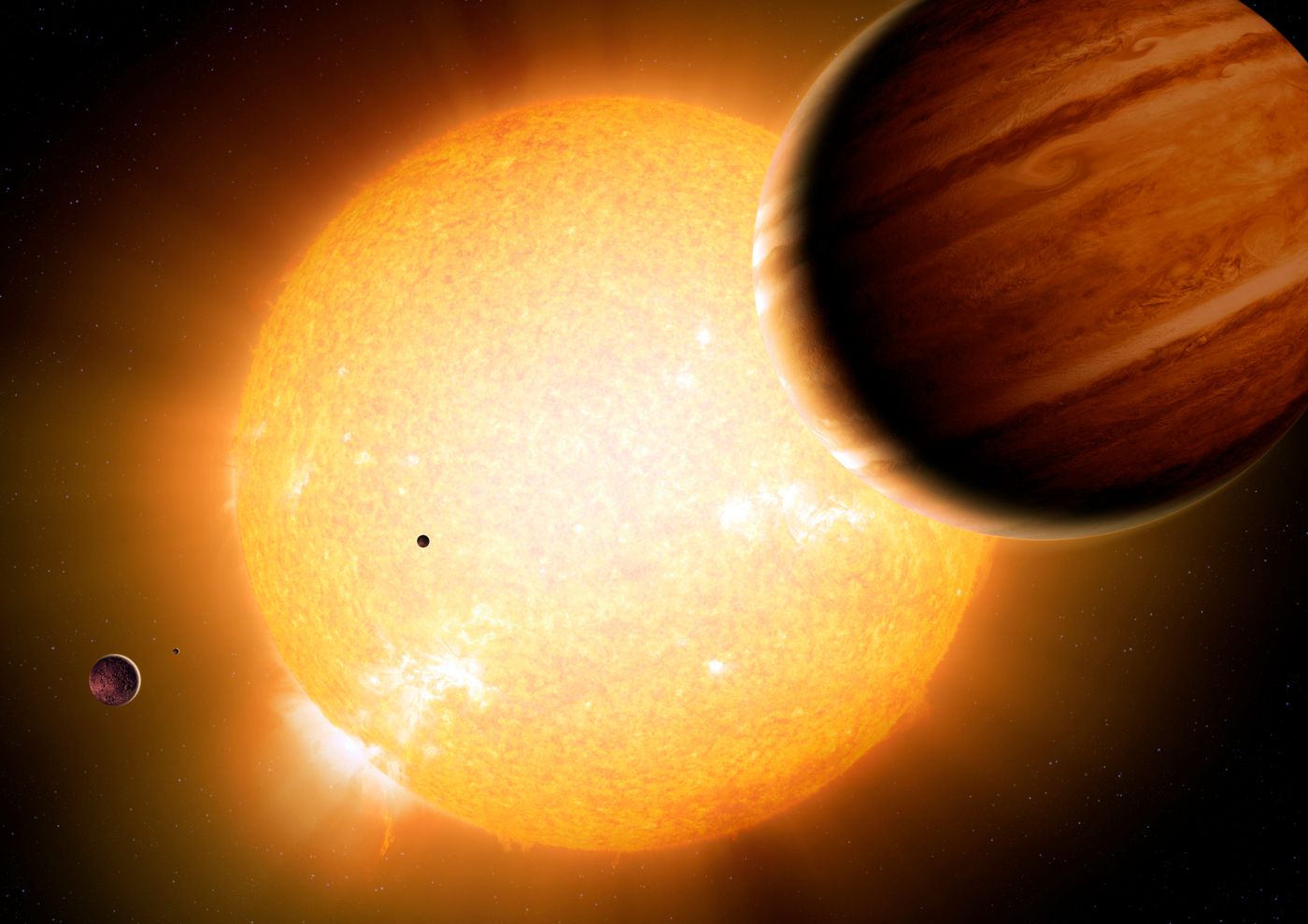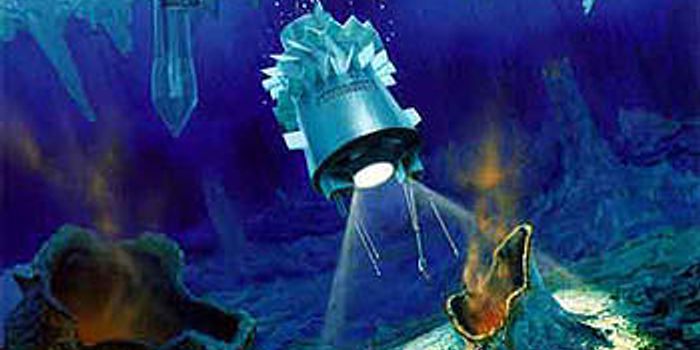Warm Jupiter-like Exoplanets May Not Be As Lonely As Once Thought
The Kepler mission has been going Rambo in discovering new exoplanets in other systems across the Milky Way galaxy. In the last decade alone, 2000 or more exoplanets have been confirmed, while a total of 5000 exoplanet candidates are sitting out there, just waiting to be confirmed.
Among some of the most interesting of exoplanet discoveries are Jupiter-like gas giants, which are gaining a lot of attention. Although Jupiter in our solar system is cold, many of the Jupiter-like exoplanets that are being discovered are warm, or even extremely hot due to their position near their host star.

Image Credit: Detlev Van Ravenswaay/Science Photo Library
It’s baffling astronomers because everything we find about warm Jupiter-like exoplanets seems to go against what we have long believed to be the norm thanks to Jupiter itself. After all, we’ve long believed that the colder regions of our solar system were perfect for gas planet formation, while the warmer regions of our solar system were perfect for solid planet formation.
Some of the warm or hot Jupiter-like exoplanets out there seem to orbit very close to their host star, and complete orbits in as quickly as 10-200 days. Jupiter from our own solar system, on the other hand, is very distant from the Sun and takes 4300 Earth days to orbit the Sun.
So what gives? How is it possible for gas planets to exist so closely to their host star in other solar systems if it isn’t possible in our own?
Because Jupiter is such an odd-ball, a cold gas giant far away from hits host star, and many of the giant gassy planets in other systems across the galaxy are warmer and significantly closer to their host stars, the findings have astronomers thinking hard about whether or not these gas giants slowly move inward or outward in their position relative to their host star.
On the other hand, more and more of those warm Jupiter-like exoplanets out there are being found to have companion planets that orbit the same star, and scientists are now suggesting that many of these warm Jupiters may have actually formed exactly where we have found them relative to their host star.
The findings, which have been published in the Astrophysical Journal are shaking up the warm Jupiter research field.
“Our findings suggest that a big fraction of warm Jupiters cannot have migrated to their current positions dynamically and that it would be a good idea to consider more seriously that they formed where we find them,” University of Toronto’s Chelsea Huang, lead author of the study, says.”
It’s possible that there’s still a lot more to learn about how gas planets form, and of course, every solar system is going to have different properties than our own due to the fact that the host stars are different sizes and different temperature, so there are a lot of factors to consider.
Some of them may have very well migrated to the point in their solar system where they're found, but a number of others may have actually formed where they have been discovered.
One thing that seems to be clear, however, is that most of the warm Jupiters we are finding probably have a companion planet or two, but because of how far away they are, it is often difficult to track down whether or not any companion planets exist in these alien systems.
Source: University of Toronto









